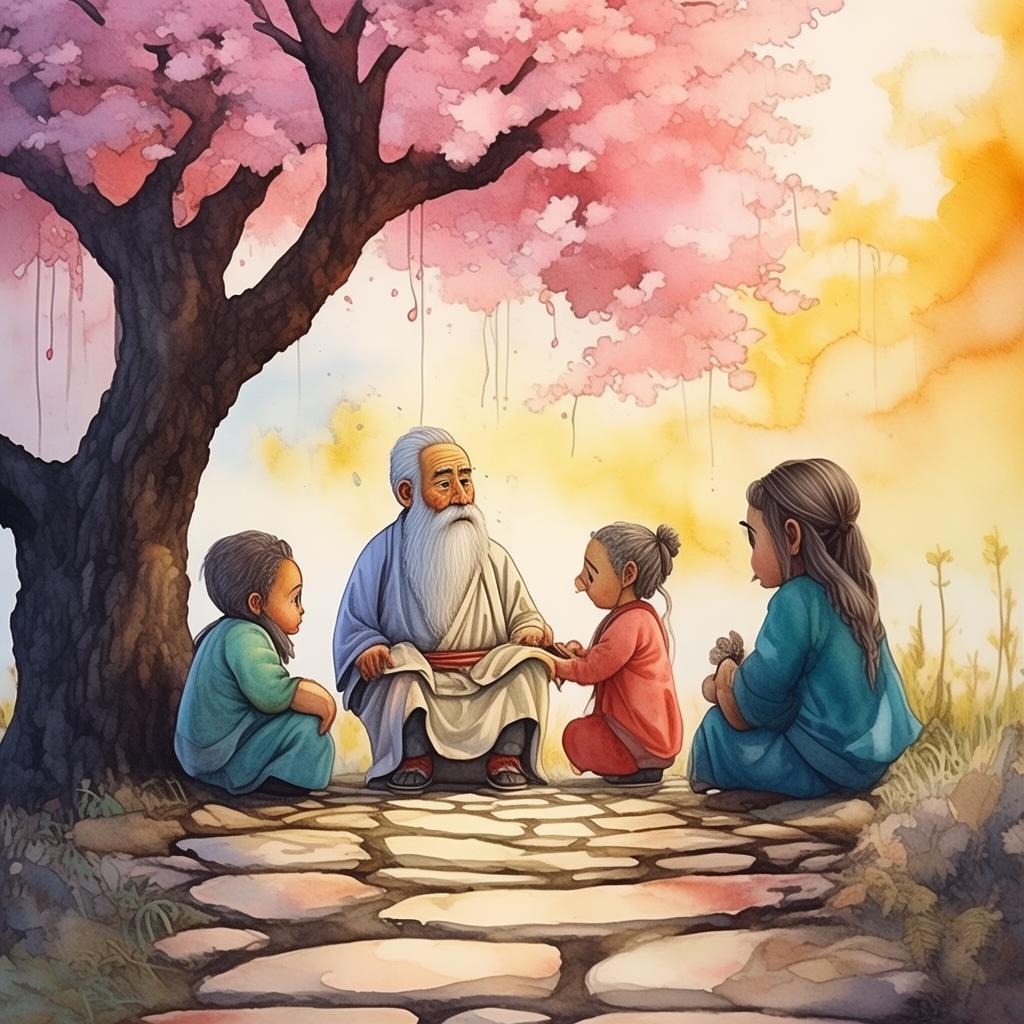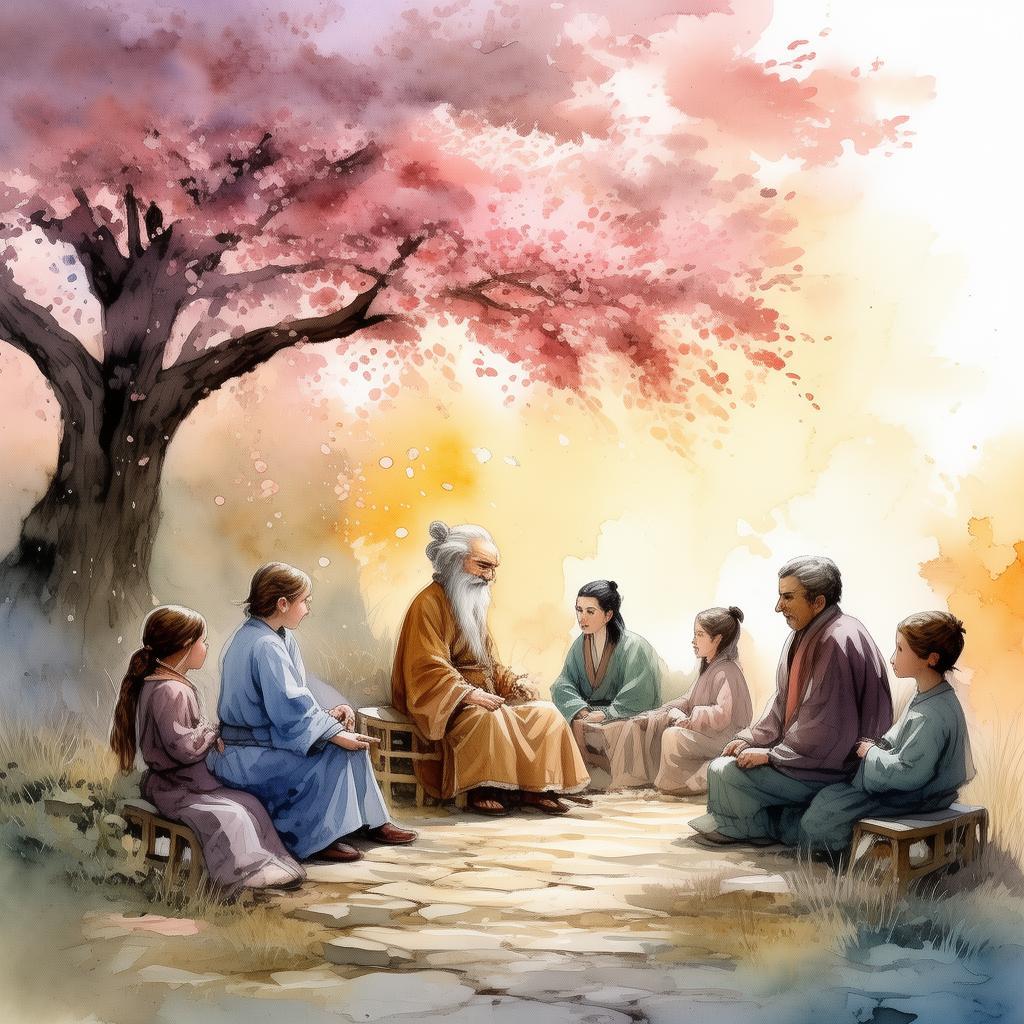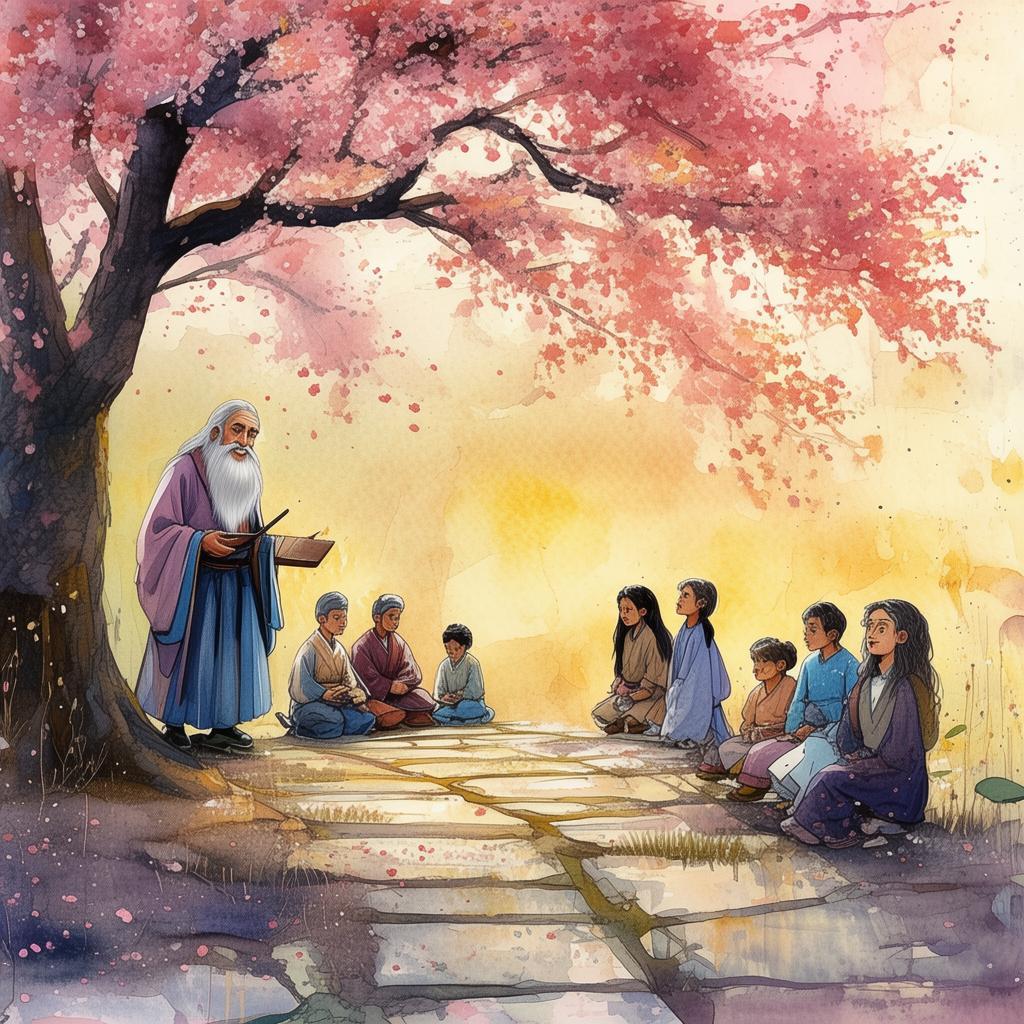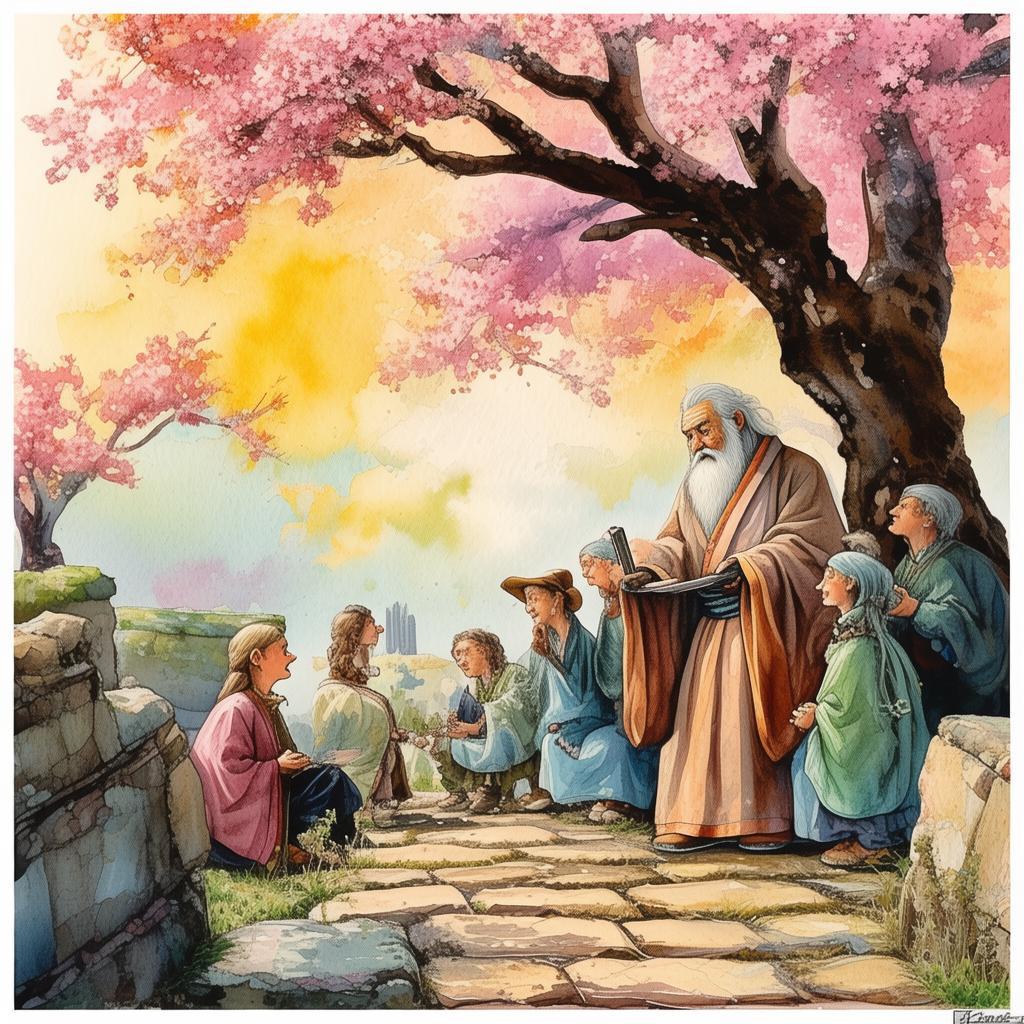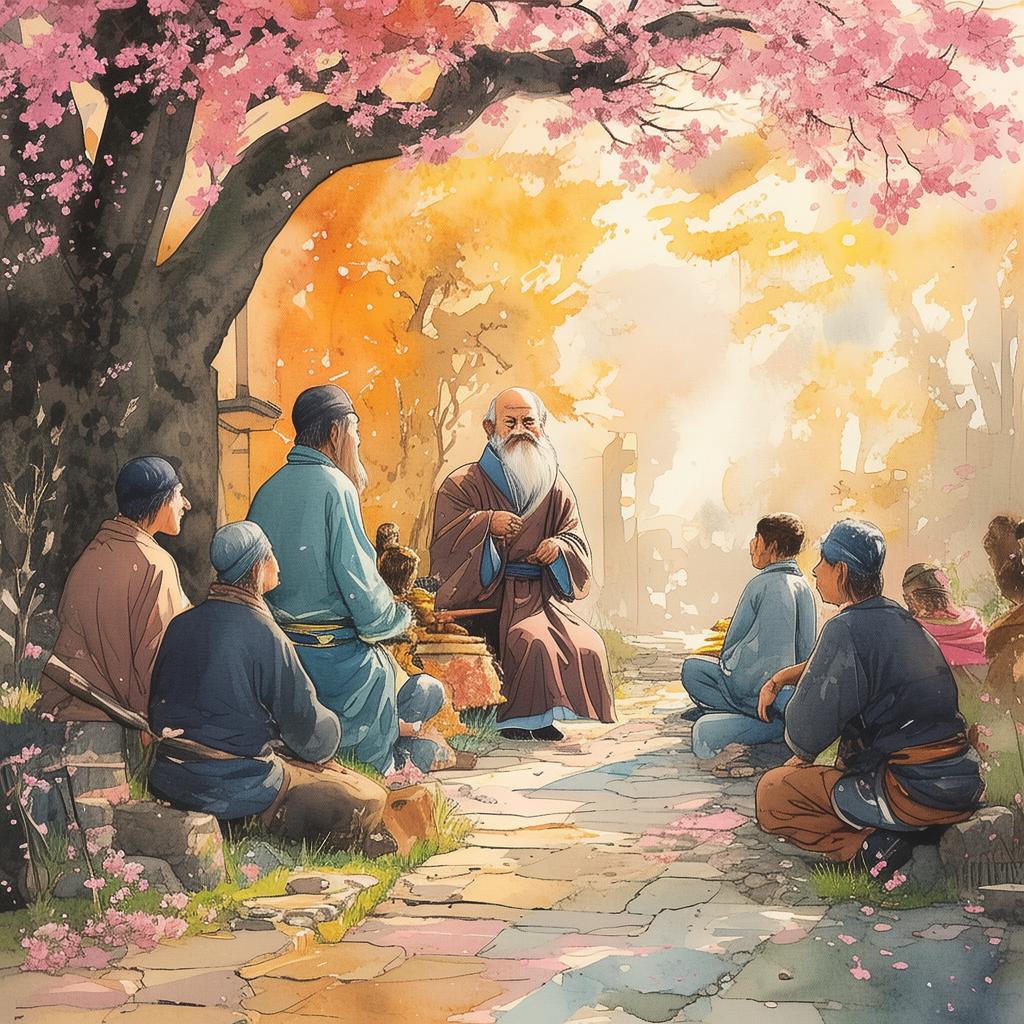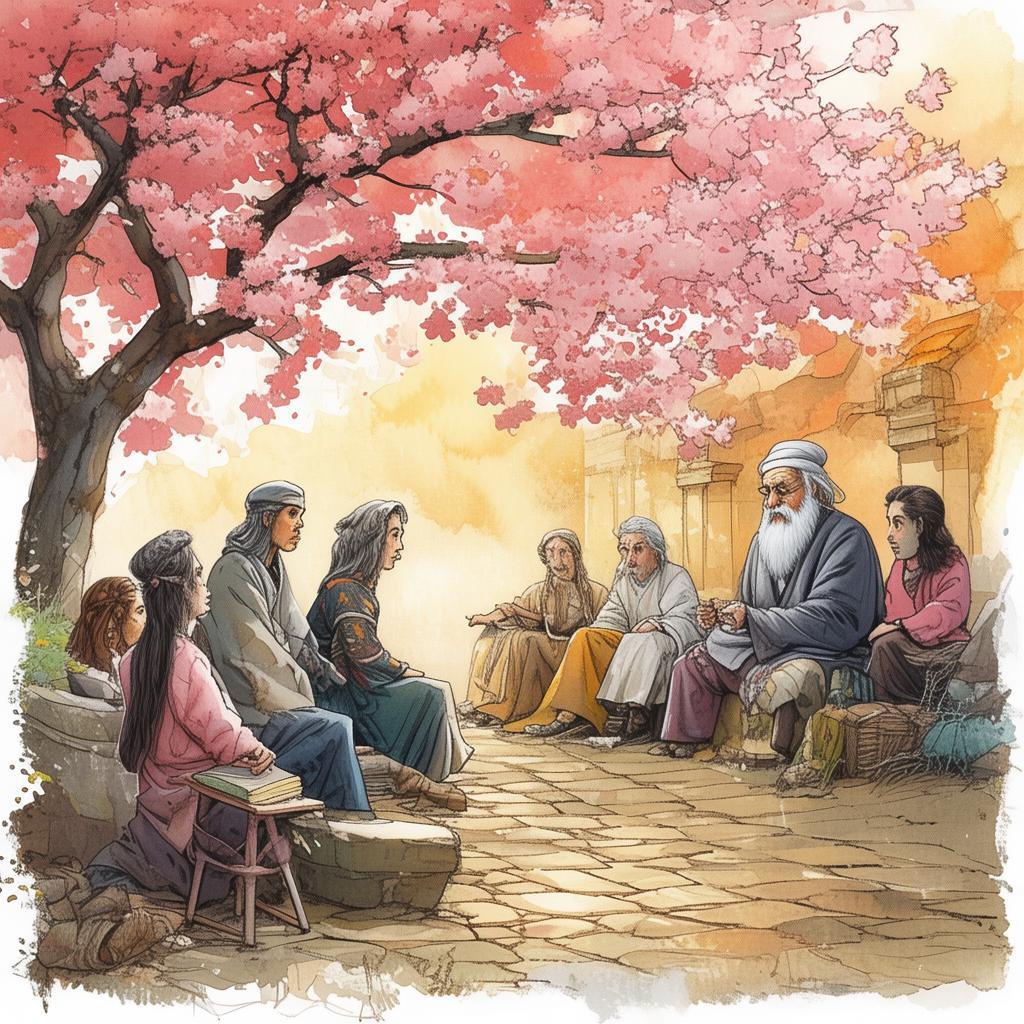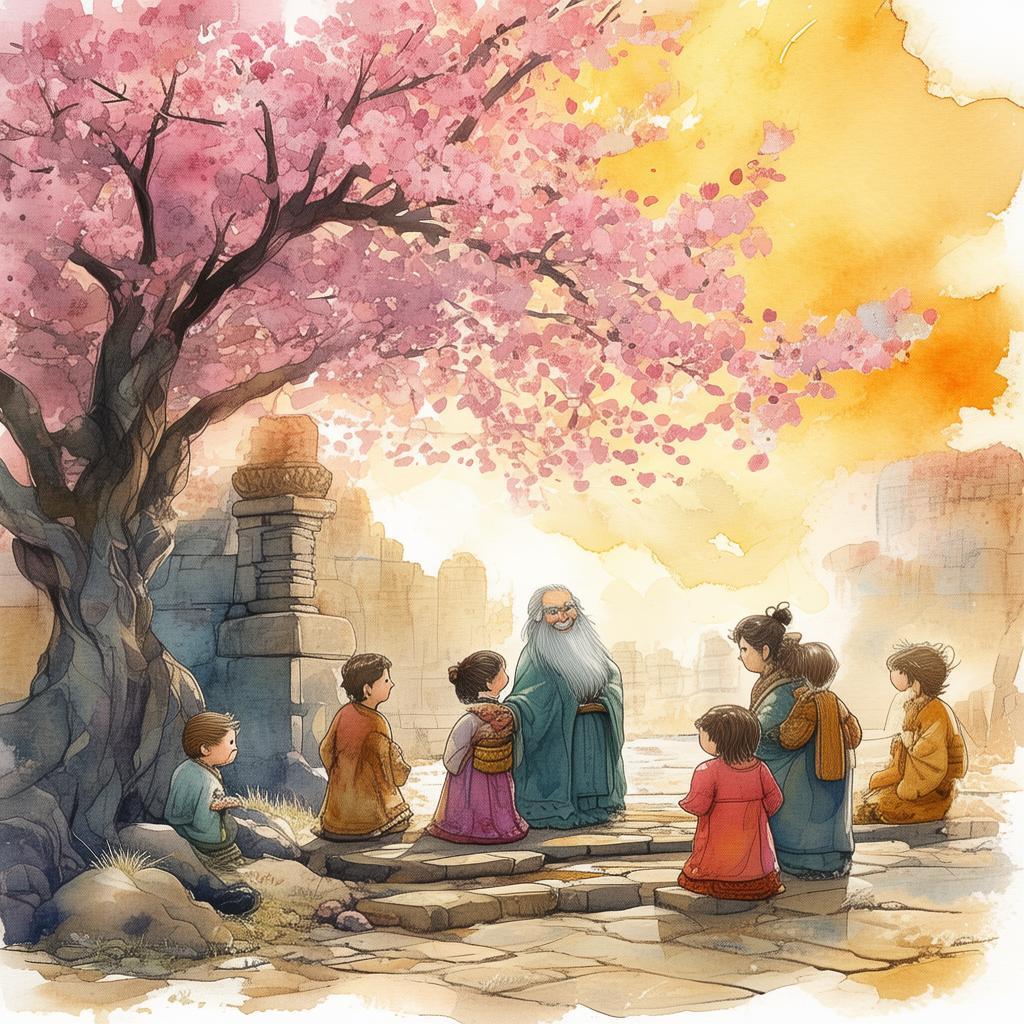Monk's Journey Through the Ages: The Pursuit of Immortality
In the tranquil halls of the ancient Buddhist temple, there resided a monk named Ming. His name, a whisper of his past life, had been etched into his heart, but it was his present life as a monk that held the true essence of his being. Ming was not just any monk; he was a master of the ancient martial arts, a keeper of ancient scrolls, and a seeker of the Supreme Honor, a title that had been lost to time.
Ming had been chosen by the ancient masters of his sect to embark on a quest that would take him through the ages. The Supreme Honor was not a title that could be earned by mere prowess in combat or by the recitation of sacred texts. It was a title that required a monk to prove their worth through trials that spanned time itself.
The first trial came in the form of a scroll, ancient and crinkled with age. It was a scroll of the martial arts, a collection of techniques and philosophies that had been passed down through generations. Ming knew that to master these techniques was to come closer to understanding the Supreme Honor.
As he meditated beneath the temple's ancient banyan tree, Ming felt the energy of the scroll course through him. The techniques were not merely physical; they were spiritual. It was as if the scroll itself was a living entity, guiding him with its ancient wisdom.
Days turned into weeks, and Ming's skills grew with each passing day. He moved with the grace of a flowing river, his strikes as powerful as a storm. Yet, he knew that the Supreme Honor was not about the physical mastery of martial arts. It was about the mastery of oneself.
The second trial came in the form of a journey. Ming was to travel through time, to witness the rise and fall of dynasties, to experience the triumphs and tragedies of the ancient Chinese people. He was to do this not as a monk, but as a man, a warrior, and a seeker of truth.

Ming's first stop was the Warring States period, a time of chaos and conflict. He found himself in the midst of a battle, his eyes wide with shock as he witnessed the brutalities of war. But amidst the chaos, he saw an opportunity. He offered his help to a general who had taken a stand against tyranny. The general, recognizing Ming's martial prowess and his calm demeanor, took him under his wing.
Together, they faced numerous trials, each one a test of Ming's resolve and his ability to adapt. He learned the art of strategy, the subtleties of negotiation, and the importance of empathy. He came to understand that the Supreme Honor was not just about martial prowess, but also about the ability to unite and heal.
The journey continued, taking Ming through the Han Dynasty and the Tang Dynasty, each era bringing its own challenges and lessons. He met scholars, artists, and warriors, all of whom had their own stories of honor and dishonor. Ming absorbed their wisdom, understanding that the Supreme Honor was a tapestry woven from the threads of many lives.
As he journeyed through time, Ming discovered that his own life was a thread in this tapestry. He learned that the Supreme Honor was not something to be sought, but something to be given. It was about the impact he could have on the world, the legacy he could leave behind.
The final trial came in the form of a choice. Ming stood before a temple, its architecture a blend of ancient and modern, a symbol of the ever-changing world. He was offered the Supreme Honor, but it came with a price. He would have to forget his past life, his memories, and his name. He would become nothing more than a monk, a seeker of truth, and a guardian of the Supreme Honor.
For a moment, Ming wavered. He had faced so many trials, overcome so many obstacles, but the thought of losing his identity was daunting. Then, he remembered the lessons he had learned, the wisdom he had gathered, and the lives he had touched. He realized that the Supreme Honor was not about his own glory, but about the legacy he could leave behind.
With a deep breath, Ming accepted the offer. He became a monk once more, but this time, he was a monk with a purpose. He dedicated himself to the pursuit of the Supreme Honor, not for himself, but for the generations to come.
And so, Ming's journey through time continued, his legacy growing with each passing day. He became a myth, a legend, a symbol of the pursuit of the Supreme Honor, a quest that would echo through the ages.
✨ Original Statement ✨
All articles published on this website (including but not limited to text, images, videos, and other content) are original or authorized for reposting and are protected by relevant laws. Without the explicit written permission of this website, no individual or organization may copy, modify, repost, or use the content for commercial purposes.
If you need to quote or cooperate, please contact this site for authorization. We reserve the right to pursue legal responsibility for any unauthorized use.
Hereby declared.

